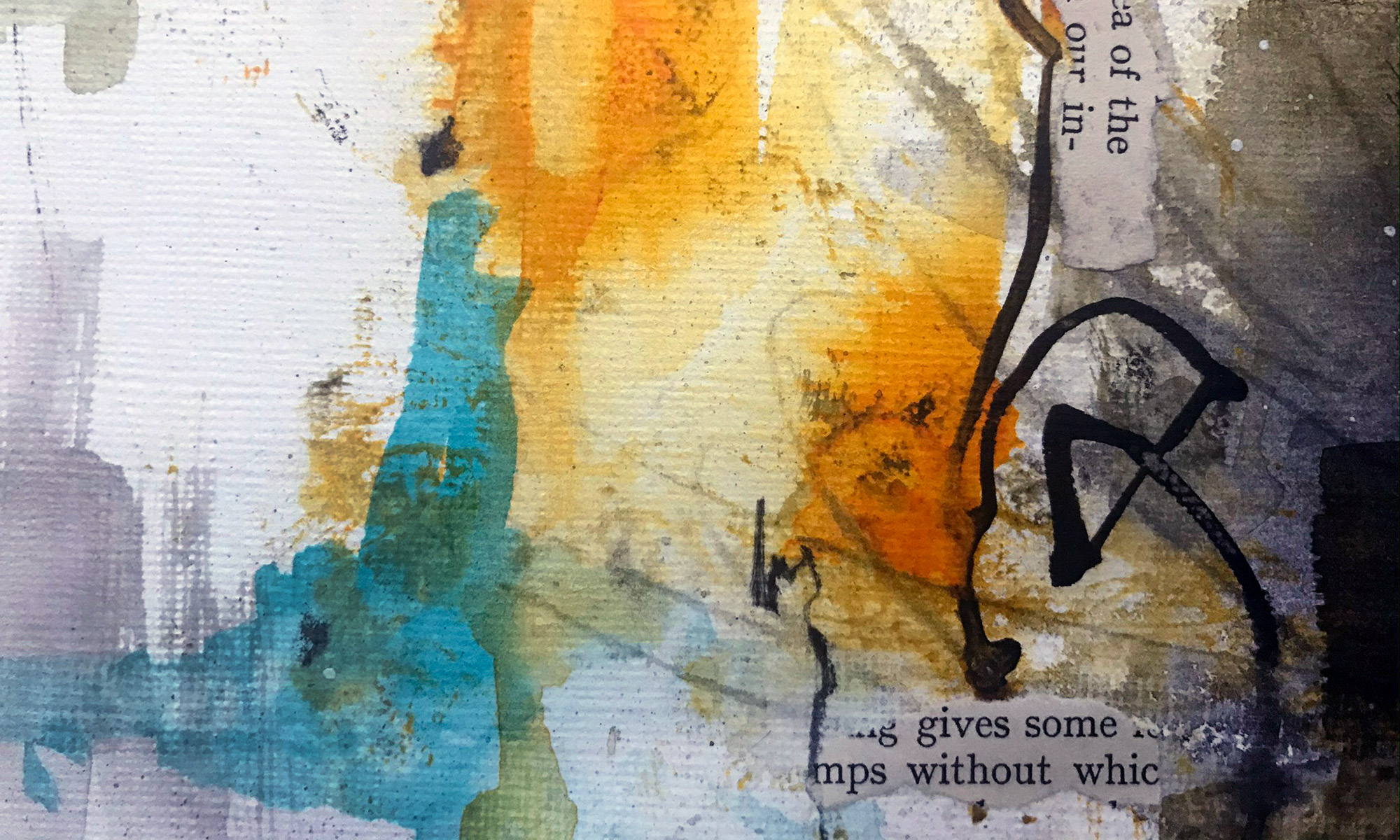Throughout the Covid-19 lockdown I’ve been listening to the podcast Art Juice. This has been very motivational. Apart from the inspiring, creative chat between the two artists, I’ve found it reassuring to hear that other artists are experiencing similar ups and downs during this time.

In June, one of the artists from the podcast, Louise Fletcher, ran her annual free, taster workshop: ‘Find Your Joy‘. Throughout the 10 days she encouraged as many artists as possible to take part (this year over 11,000 people joined in the fun!). All of the course is delivered online plus it has a private Facebook group for anyone who wants to share their work and join Louise for regular live Facebook Q&A sessions.
I signed up! Not being a painter I wasn’t sure if the course would be right for me but I wanted to give it a go. I thought I’m sure I will get something out of this. And Oh, was I right!
At the beginning we were asked to set out our intention for the course. In hindsight I think I was a little over ambition with mine, but it still stands true for the long term…
“My intention is to find/recognise my own voice, with a view to making pieces of art that I would be proud to exhibit.”

Over the past five years, I have been developing my art practice passionately and although I love what I do and enjoy the process I can still feel a bit lost. I’m not clear in my own mind what I want to achieve with my art and know that there is more art inside me. I just need to find it! And this is what drew me to the workshop.
During the week we were given different painting assignments and shown inspirational videos; and we shared our work within a supportive FB group. Everything was aimed at ‘finding your joy’. Do more of what you like and less of what you don’t like, was often repeated by Louise. Which all sounds very obvious when you hear it, but sometimes you just need to hear it.
The overall aim of the workshop wasn’t to make any masterpieces but to focus on simply playing and having fun. The week had many ‘light bulb’ moments for me and there are many lessons learned that I still need to process. But these are some of the experimental paintings I made:






Having learned so much from just one week I’ve now signed up for the full 10 week ‘Find Your Joy’ workshop which begins in July. Watch this space…



















